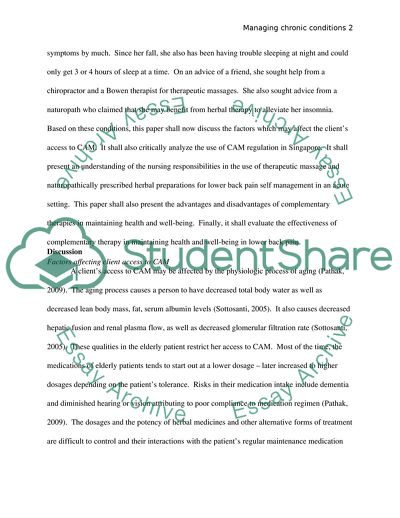Cite this document
(The Use of Complementary and Alternative Medicine Case Study, n.d.)
The Use of Complementary and Alternative Medicine Case Study. Retrieved from https://studentshare.org/health-sciences-medicine/1741597-mangaging-chronic-conditionsdiscussing-complementary-and-alternative-conditions-cam
The Use of Complementary and Alternative Medicine Case Study. Retrieved from https://studentshare.org/health-sciences-medicine/1741597-mangaging-chronic-conditionsdiscussing-complementary-and-alternative-conditions-cam
(The Use of Complementary and Alternative Medicine Case Study)
The Use of Complementary and Alternative Medicine Case Study. https://studentshare.org/health-sciences-medicine/1741597-mangaging-chronic-conditionsdiscussing-complementary-and-alternative-conditions-cam.
The Use of Complementary and Alternative Medicine Case Study. https://studentshare.org/health-sciences-medicine/1741597-mangaging-chronic-conditionsdiscussing-complementary-and-alternative-conditions-cam.
“The Use of Complementary and Alternative Medicine Case Study”. https://studentshare.org/health-sciences-medicine/1741597-mangaging-chronic-conditionsdiscussing-complementary-and-alternative-conditions-cam.


